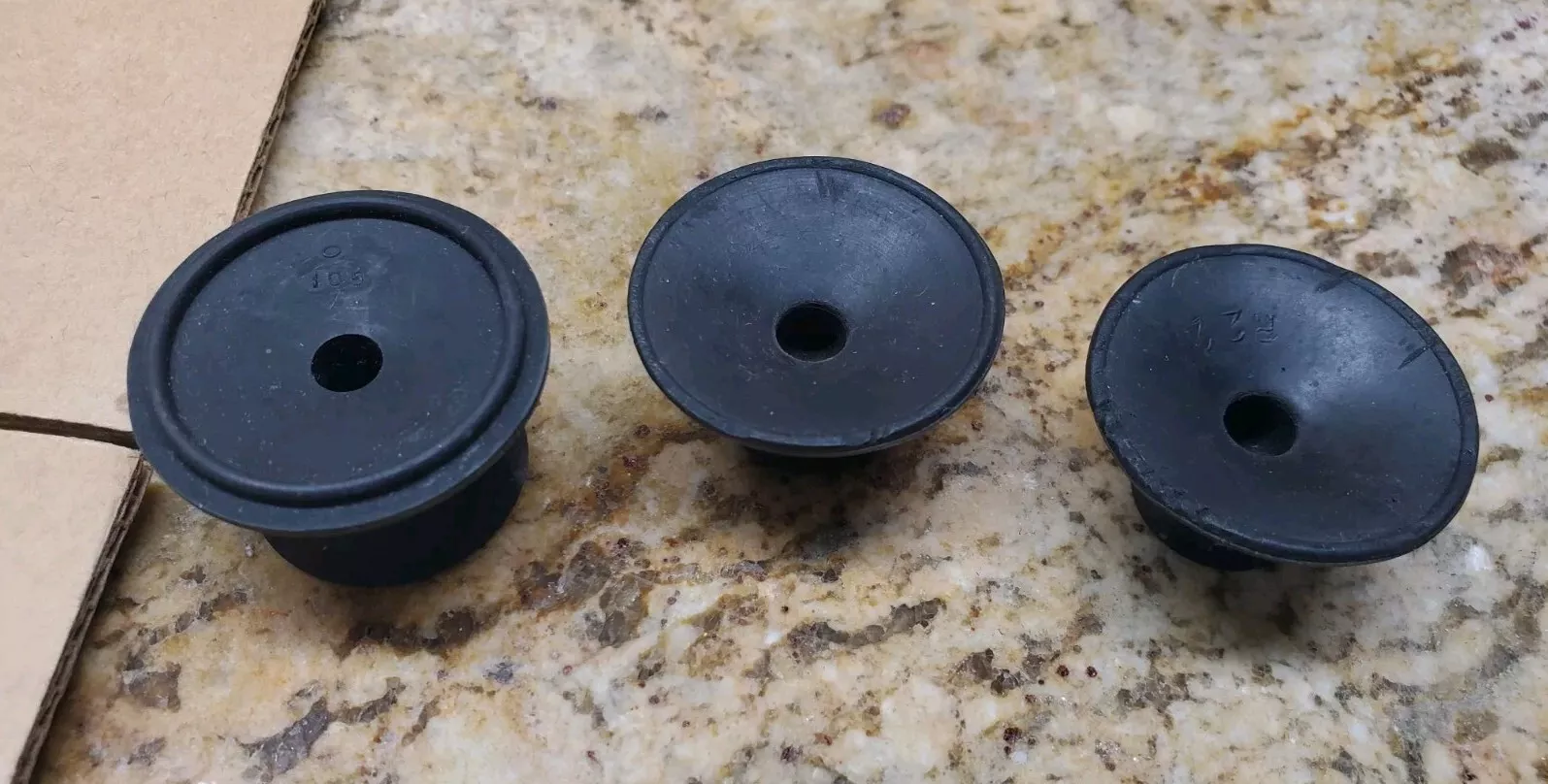Impractical, don’t kid yourself, it’s a problem needing solution. Expensive TT’s (any TT) without a dust cover is an incomplete solution, an abomination, they should be ashamed of themselves.
I go for dust minimization and dust barrier, uncover to play. My forced air supply vent (end of the run) at that end is blocked, the return air vent on the far wall somehow pulls enough for comfort all seasons.
You’ve caught a glimpse of dust in sun beams. It is pure folly to think invisible contaminants are not gathering and accumulating on all possible surfaces of your very finely manufactured stylus, cantilever, arm pivots, bearings, TT: anything left open to the air. At least a cloth cover when not in use.
Hinged, playing while closed: as I said, even if I cannot hear/prove it, I cannot get the concept of reflected microphonics out of my mind, so prior TT, I left it up/open (level the TT when weight is shifted thusly) or don’t attach the hinges, lift it off.
Vibrations in the space from the speakers reaching the surface of the LP? I cannot sense any movement getting involved? If I had my rear ports open, that would be an issue, but they are sealed since I moved to this space 46 years ago. The speaker's tops are slanted and delicate things do not vibrate/move, things in front/sides all have a combo of felt feet/no touch each other rule and all artwork corners have tak at the corners. I get many opportunities to see dust movement in variously directed sun beams, my TT is in front 3 windows facing south and one from right side catching late afternoon/sunset rays. Speakers Off/on, the dust in the rays does not reveal change of air movement in the TT's vicinity. The only clue I have.







